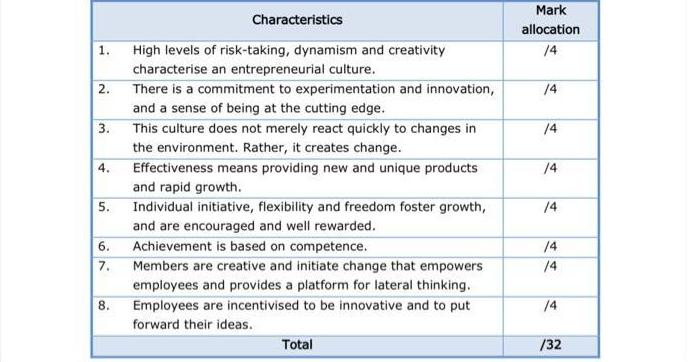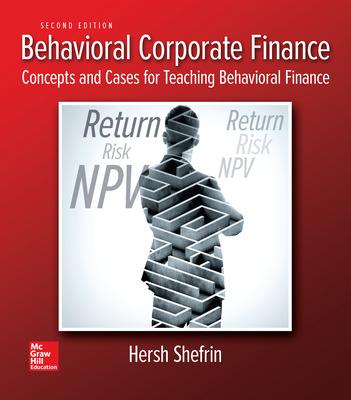Tesla CEO, Elon Musk, is showing other industries how the work environment in a company can spark innovation. At Tesla, the company culture encourages its
Tesla CEO, Elon Musk, is showing other industries how the work environment in a company can spark innovation. At Tesla, the company culture encourages its workforce to relentlessly come up with new ideas and solutions that meet global market demands. The young company, which has taken the automotive industry by storm, is sharing how they made so much progress in such little time. In this article, we’ll show you what makes the company culture at Tesla so unique and effective.
About Tesla
Tesla is an American electric vehicle company that seeks to eliminate the use of fossil fuels and aid the world’s transition to sustainable energy.
Today, Tesla has over 70 000 employees and five large facilities in the United States, China and Europe, and 35 office locations across nine countries. With over 499 000 units of electric vehicles sold globally, the iconic automotive company has played a huge role in achieving clean energy. Tesla keeps making its way to the top of the automotive industry and keeps scaling to become a symbol of electric cars as they surpass the 1 million mark of electric vehicles produced in 2020.
Their unique approach – how Tesla builds its company culture
Elon Musk, the founder of Tesla, known for his unconventional personality and one-of-a-kind leadership style, greatly impacts the company culture.
Reducing meeting sizes
The number of attendees at every Tesla meeting is kept small. Top contributors are allowed in the discussion and are also permitted to leave if they don’t find these meetings to be helpful or have nothing to contribute at the time.
On most occasions, these meetings usually include 4–6 people who have value to offer at the meeting. The company believes in the importance of productivity and time management. Musk prefers that employees be engaged in productive tasks instead of spending long hours in meetings where they are not specifically needed.
Skip-level meetings
According to Musk, more layers of communication impart errors and lead to information loss. So, he encourages the act of skip-level meetings to get the pure information he needs. This also reduces the limits imposed on direct interaction experienced in big organisations.
Broad spans of control
Employees aren’t restricted and confined by rules at Tesla. Every employee is encouraged to do their job how they deem fit, as long as it yields positive results. By endorsing employees’ freedom, Tesla allows them to get innovative and creative to take actions that contribute to the company’s growth.
Tesla invests a lot in its employees by partnering with experts to train them. Only top leaders and managers are allowed to host training programs for employees’ development.
Trust and responsibility
Employees at Tesla are given a lot of responsibility and are trusted to handle the situation perfectly. Musk only hires motivated and smart people; hence, he has high expectations and standards. The educational background of the company’s employees doesn’t matter – as long as they have a track record of exceptional achievement.
Employees at all levels are required to carry out their tasks at the company as if they own it. Tesla ensures that all employees are intentional about the success of the company.
Youth culture
Most of Tesla's leaders are young and smart talents who quickly develop into their roles and are eager to learn how to do things better. Employees at Tesla are prompted to try out things that are new and out of their comfort zone. Its Performance Acceleration program contributes to the rapid adaptation of young employees at the company, as it helps them learn the ways of innovators in that field.
Tesla prioritizes talent mobility and career management, which also contributes to the agile learning process of its employees.
Why it works
Tesla is all about the growth and development of its employees. Each value and policy imposed on its employees heads in one direction, and that is how they can keep improving. Tesla employees are encouraged to work hard and smart, while taking necessary breaks in-between to prevent mental shutdown.
The culture at Tesla also empowers teams to work closely together and experiment with new things, while still being aligned with the business goals.
How to apply it
Here are Tesla’s six main corporate culture features:
1. Move fast
Ensure that your employees are moving at a fast pace, as trends and markets are constantly changing. This way, they can build resilience by responding to challenges in the industry as quickly as possible.
2. Do the impossible
Organise seminars and development programs that encourage employees to be creative. Encourage employees to go beyond the conventional limits of productivity and do what others are afraid to do.
3. Constantly innovate
Embrace ideas and opinions at all levels, as sometimes the most innovative ideas come from the least-expected person. Study market trends and question them. Look at things other people are doing or something that has been done and do it differently. Boil things down to the fundamental truth and reason up from there.
4. Think like owners
Be supportive of business development and encourage employees to do so. Employees need to take responsibility for the rise and fall of their project and take these changes personally.
5. We have an ‘ALL-IN’ team spirit
Team collaboration makes the work culture successful. Team members should be encouraged to work together and support each other. Foster the team mission: we are building something that will make the future better together.
6. The truth about Tesla company culture
Innovation is Tesla’s one true drive. Every action (and formulated policy) aims to increase the pace of innovation.
The corporate culture at Tesla helps employees get better and acquire a better skill-set that helps the company at large. However, the fast-paced work environment is a lot for most employees to soak in. There’s only so much innovation a company can achieve at a time and employees may experience frequent burnouts while trying to meet Tesla’s standards. Therefore, keeping the balance between innovation and tenure and experience is essential.
Tesla organisational structure in a nutshell
Tesla is characterised by a functional organisational structure, with aspects of a hierarchical structure. Tesla does employ functional centres that cover all business activities, including finance, sales, marketing, technology, engineering, design, and the offices of the CEO and chairperson. Tesla’s headquarters in Austin, Texas, decide the strategic direction of the company, with international operations given little autonomy.
Tesla is headed by the enigmatic Elon Musk and consistently pushes the boundaries of what many in the industry believe is possible.
Musk’s Tesla Motors opened a South African office in early 2016, which is managed by Evan Rice, the chief executive of GreenCape, an organisation formed to help develop the market for renewable energy in the Western Cape.
The South African Tesla operation started off with only one employee. However, at the time, Rice told the htxt website that “if we can find some solid business cases and get them going, we will be expanding”, hinting at further announcements for the company’s presence in South Africa and the rest of the continent.
Required:
Use information from the case study above to evaluate and discuss how the management at Tesla apply an entrepreneurial culture in managing the company.
• Base your answer on the characteristics of entrepreneurial culture, as outlined in the table that follows.
First, clearly outline your understanding of each characteristic, and then apply each using information from the case study
• The table that follows also outlines the mark allocation.

1. 2. 3. 4. 5. 6. 7. 8. Characteristics High levels of risk-taking, dynamism and creativity characterise an entrepreneurial culture. There is a commitment to experimentation and innovation, and a sense of being at the cutting edge. This culture does not merely react quickly to changes in the environment. Rather, it creates change. Effectiveness means providing new and unique products and rapid growth. Individual initiative, flexibility and freedom foster growth, and are encouraged and well rewarded. Achievement is based on competence. Members are creative and initiate change that empowers employees and provides a platform for lateral thinking. Employees are incentivised to be innovative and to put forward their ideas. Total Mark allocation 14 /4 /4 /4 /4 /4 /4 /4 /32
Step by Step Solution
There are 3 Steps involved in it
Step: 1
Characteristics of Entrepreneurial Culture High levels of risktaking dynamism and creativity An entrepreneurial culture thrives on taking calculated risks embracing dynamic approaches and encouraging ...
See step-by-step solutions with expert insights and AI powered tools for academic success
Step: 2

Step: 3

Ace Your Homework with AI
Get the answers you need in no time with our AI-driven, step-by-step assistance
Get Started


